|
With the new year upon us, motivation for change is in the air. A key factor in change is sustainability over time. In this article I invite you to consider the three steps below to blend self-compassion and setting intentions.
0 Comments
Many people experience lower moods, and less energy at this time of year with darker days, minimal sunlight and stressors of day to day life. Tafet & Nemeroff (2015), discuss the correlations between elevated stress and development of depression. Many people’s mental health can be impacted on a small or larger scale at this time of year and during the winter months which is why it is important to find ways to help. In this article I share three ways art therapy can help with depression.
According to the Mood Disorders Association of Ontario 5% of Canadians struggle with Seasonal Affective Disorder and 15% with Winter Blues. Symptoms can include low energy, low motivation, increased drowsiness, and feelings of hopelessness. Melrose (2015), explains Seasonal Affective Disorder (SAD) as a recurrent depression with a seasonal pattern, and winter blues as having symptoms of SAD but does not meet the criteria for diagnosis. Research has shown some of the most effective forms of treatment are medication, light therapy, vitamin D and counselling/therapy. Here I share three ways of coping with Seasonal Affective Disorder:
With it being anger awareness week, I thought it meaningful to share a post of book resources about helping kids understand and manager their anger. This post is the sixth in a series of monthly posts about some of my favourite children’s books (here are the links to the first post, second post, third post, fourth post, and fifth post). This post is relevant for supporting anger including understanding how anger shows up in the body, not being alone with strong emotions, and coping tools that can help. Please find below four of my favourites:
Are you already feeling the stress and added pressure of the holiday season? Recent stats share that 8/10 people feel increase in stress over the holidays, and 28% lose sleep around the holidays. With current world events on top of economical issues the stress is feeling heavier on many. With elevated stress it is important to bump up the coping and tools to manage, so you can navigate the ups and downs of the holiday time with more ease. Here I share five tips to consider.
If you are experiencing burnout, you are not alone! According to this 2023 article, 78% of Canadians feel burnout at some point in their careers and 35% say they are currently burnout. Burnout can leave someone feeling mentally and physically exhausted, short-tempered, depressed, cynical, and overwhelmed. So how does art therapy help? Creative Arts Therapy has been shown to significantly reduce the stress of clients (Martin et al., 2018). It is key to keep stress levels in a manageable range because when stress levels are too high for a period of time it can lead to exhaustion and burnout. There are various ways to keep stress levels low, one of those is mindfulness, research (Luken & Sammons, 2016) has found mindfulness-based strategies to significantly decrease levels of job burnout. Mindfulness is natural component in art therapy as engaging in the art materials encourages being present, engage in our senses, and helps us to feel more grounded. Please find below four ways art therapy helps with burnout prevention and treatment: This is the fifth in a series of monthly posts about some of my favourite children’s books (here are the links to the first post, second post, third post, fourth post). This post is relevant for helping your child reduce perfectionism in your child through not feeling alone, being okay to make mistakes, and feeling freer without the strict pressures of being “perfect”. Please find below three of my favourites:
Many parents inquire about finding the balance and happy medium with the influx of candy for Halloween. Every parent has their own zone of comfort with sugar intake. This article is intended to consider some ways to support balance in the consumption of candy. With a focus on nutrition, balance, and wellbeing in our home, I share some ways I have found helpful in my personal life as a parent and in my professional life in supporting parents.
Feeling burnout can be common at this time of year with less daylight, less energy, more tasks to be done, and a lot that can get condensed in the final three months of the year. Many are left feeling worn down, mentally and physically exhausted, not themselves, more irritable, overwhelmed, and not sleeping well. You are not alone as this time of year is hard for many. Find below 5 tips to cope with burnout.
This is the fourth in a series of monthly posts about some of my favourite children’s books (first post, second post, third post). This post is relevant for supporting grief and loss including understanding grief, not feeling alone, and coping for loss of family and pets. Please find below four of my favourites:
|
AuthorI am a Registered Psychotherapist and Art Therapist. And I have been writing this blog since May 2021 about various topics including parenting, supporting adult and child mental health, and holistic approaches. The intention of this blog is to provide resources and information to others, however it is not intended to take the place of therapy. If you have any questions about anything written please reach out to me. Archives
March 2024
Categories |
Telephone |
|

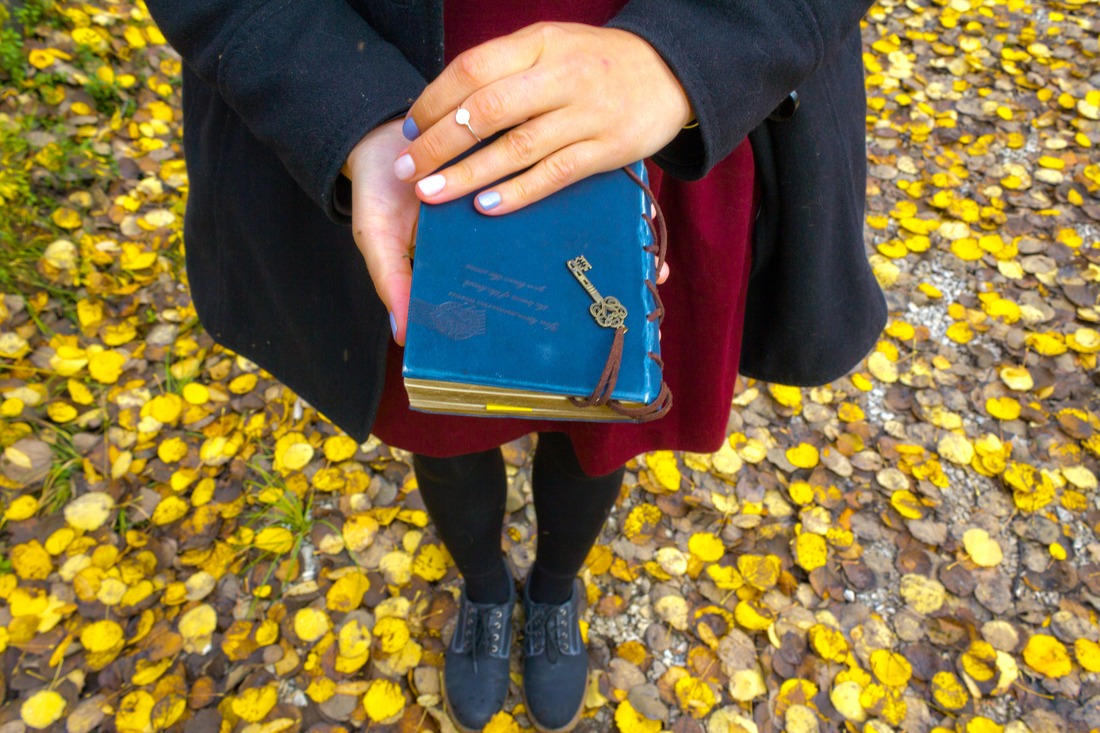

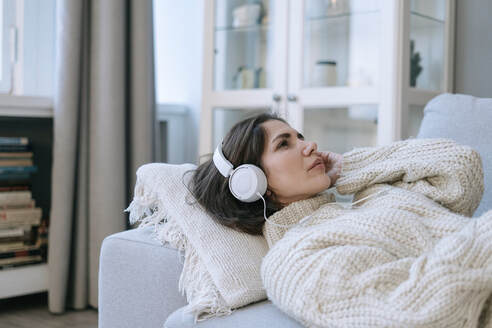
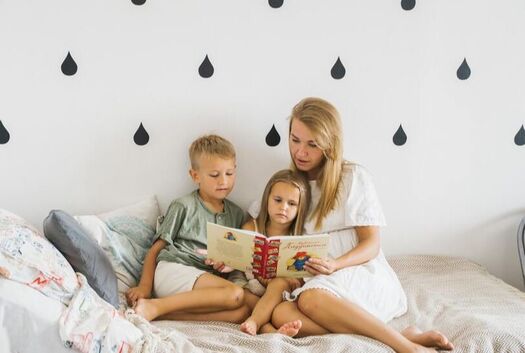



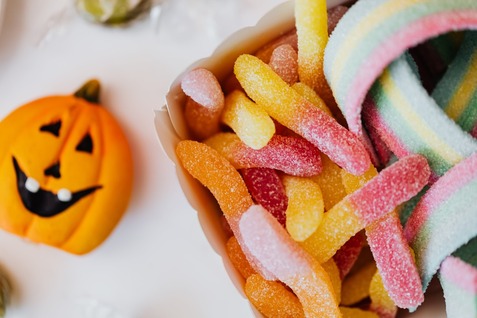

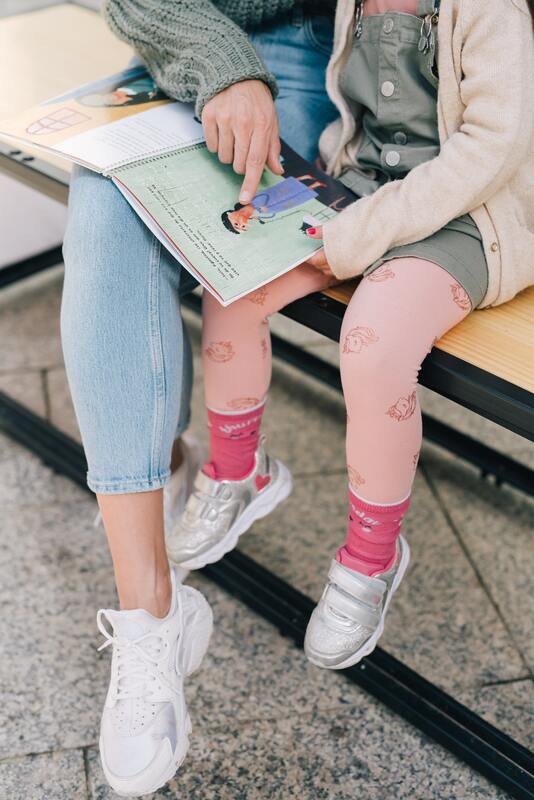
 RSS Feed
RSS Feed